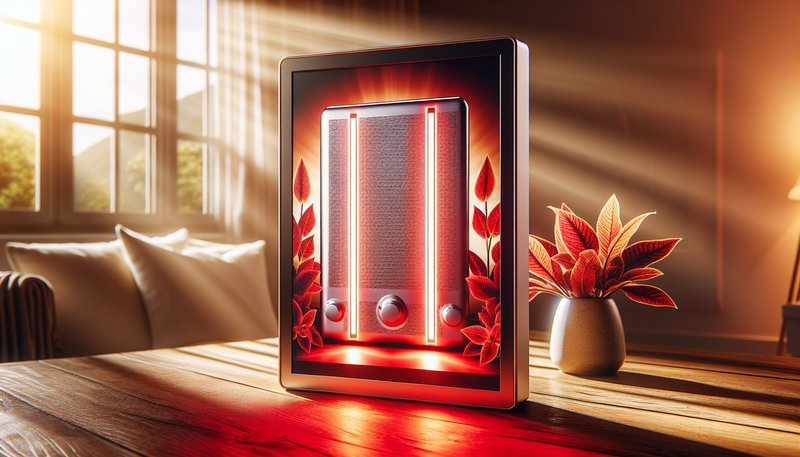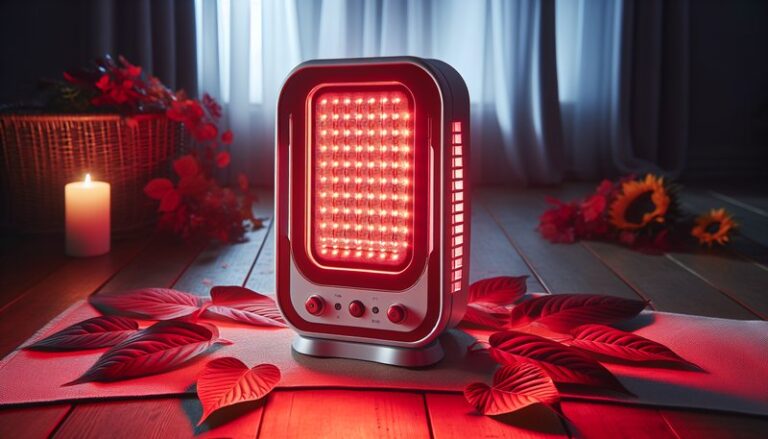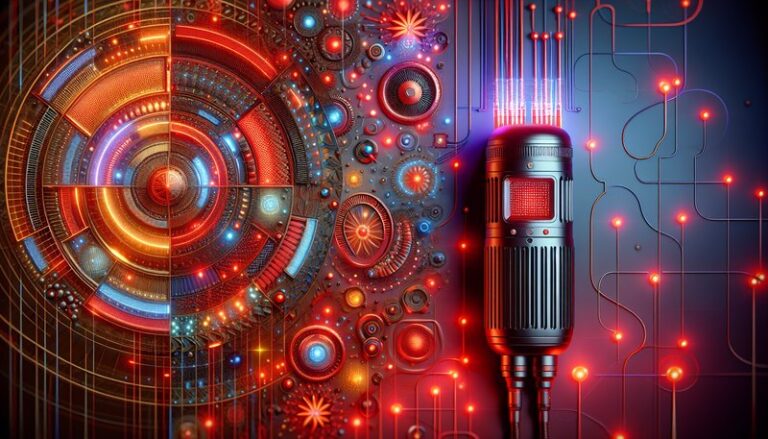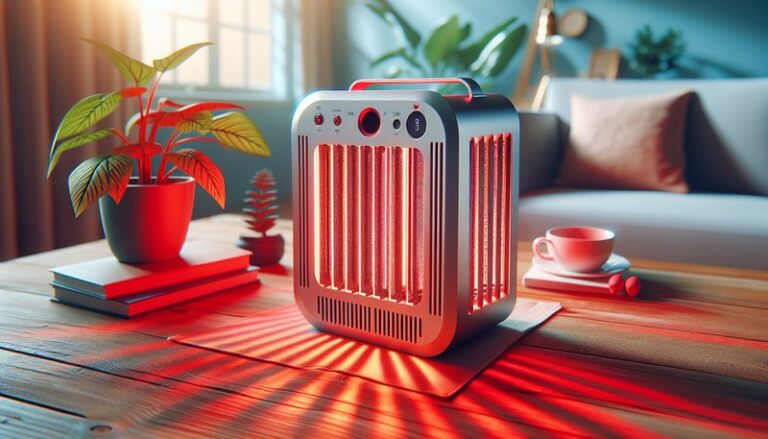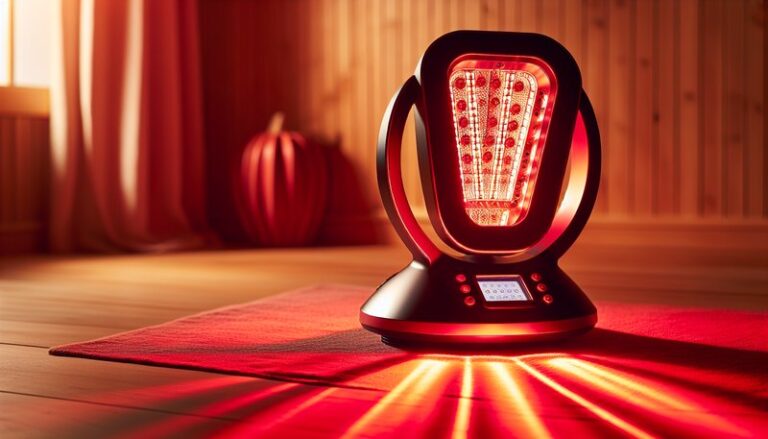Does Red Light Therapy Make You Sleepy?
Does Red Light Therapy Make You Sleepy?
Have you ever heard of red light therapy and wondered whether it could help you unwind and sleep better? As various wellness trends emerge, red light therapy is gaining popularity for its potential benefits, including improved sleep quality. This article will explore the connection between red light therapy and sleepiness, the benefits it may offer, and what to consider if you’re thinking about trying it.
Key Takeaways
- Red light therapy has been associated with promoting relaxation and potentially improving sleep quality.
- There are several physiological and psychological mechanisms through which red light therapy may induce feelings of sleepiness.
- Individual responses can vary, and it’s essential to consider personal health factors before starting therapy.
What is Red Light Therapy?
Red light therapy (RLT) involves exposing the body to low wavelengths of red light, typically ranging from 600 to 650 nanometers. This therapy is thought to stimulate various biological processes, promoting healing, reducing inflammation, and improving cellular function.
Originally developed for therapeutic purposes, RLT is now used in various applications, from skin rejuvenation to pain management. Improved sleep is one of the less-discussed potential benefits, leading to questions about its ability to make people feel sleepy.
Dive deeper into Does Red Light Therapy Work Through Clothes?
How Does It Work?
The fundamental principle behind red light therapy is its ability to penetrate the skin and affect cells at the mitochondrial level. Mitochondria, known as the “powerhouses” of cells, are responsible for producing energy. RLT helps enhance ATP (adenosine triphosphate) production, which can lead to various health benefits, including better sleep.
What are the Benefits of Red Light Therapy?
Exploring the advantages of red light therapy will help clarify its potential effects on sleep and overall wellness. Below are key benefits that may contribute to improved sleep quality:
Improved Sleep Quality
Studies suggest that RLT can enhance sleep quality by influencing melatonin production. Melatonin, a hormone produced by the pineal gland, regulates sleep-wake cycles. Increased exposure to red light in the evening may help optimize melatonin levels, leading to more profound and restful sleep.
Reduced Stress and Anxiety
Red light therapy may promote relaxation and reduce anxiety levels. This calming effect can help prime the body for sleep, making it easier to fall asleep and stay asleep. By lowering cortisol levels, a hormone associated with stress, individuals may find it easier to unwind before bedtime.
Pain Relief and Recovery
Chronic pain can significantly interfere with sleep quality. RLT has been shown to alleviate pain and discomfort in some individuals, potentially leading to better sleep outcomes. By addressing underlying pain issues, therapy can indirectly contribute to a more restful night.
Enhanced Mood
Exposure to red light may influence neurotransmitters like serotonin, which can enhance mood and contribute to overall feelings of well-being. A positive mood can foster relaxation, making sleep more achievable.
Is it Possible to Use Red Light Therapy to Feel Sleepy?
Yes, using red light therapy can potentially help you feel sleepy, especially when incorporated into an evening routine. The therapy can create an environment conducive to relaxation, preparing the mind and body for sleep.
What are the Advantages of Using Red Light Therapy for Sleep?
Utilizing red light therapy for improving sleep can offer several advantages:
Non-invasive and Drug-free
Unlike sleep aids, red light therapy is a non-invasive method to promote better sleep without the risks of dependency or side effects associated with pharmaceuticals.
Customizable Treatment
Red light therapy devices vary, allowing users to tailor their treatments based on personal preference, including the duration and intensity of light exposure.
Accessibility
With the emergence of portable red light therapy devices, users can enjoy the therapy in the comfort of their homes, which adds convenience to their nightly routines.
What are the Disadvantages of Using Red Light Therapy for Sleep?
While red light therapy has several advantages, it is essential to be aware of potential disadvantages:
Individual Variability
Responses to red light therapy can vary significantly from person to person. While some may find it effective in inducing sleepiness, others may not experience such benefits.
Initial Discomfort
Some individuals may experience discomfort or sensitivity when first using red light therapy, which can detract from the relaxation experience.
Cost Considerations
High-quality red light therapy devices can be expensive, and ongoing use may lead to financial commitments that some might find challenging.
What are the Things to Consider Before Using Red Light Therapy?
Before beginning red light therapy, it’s crucial to consider several factors:
Consult a Healthcare Professional
Discussing intentions with a healthcare provider can ensure that red light therapy is appropriate for your health conditions and needs.
Timing of Treatment
Using red light therapy late in the evening or right before bedtime may yield better sleep results by maximizing melatonin production during the night.
Device Quality
Investing in a quality red light therapy device is essential to ensure the necessary wavelength and intensity for effective treatment.
What are the Alternatives to Red Light Therapy for Sleep?
If red light therapy does not appeal to you, there are various alternatives to consider:
Cognitive Behavioral Therapy for Insomnia (CBT-I)
CBT-I is a structured program that helps individuals identify and change thoughts and behaviors contributing to insomnia, offering effective relief for sleep problems.
Melatonin Supplements
Over-the-counter melatonin supplements can help regulate sleep-wake cycles and may assist those struggling with falling asleep.
Meditation and Mindfulness Techniques
Practicing meditation or mindfulness can effectively reduce stress and anxiety, preparing the mind for restful sleep without the need for a device.
Conclusion: Is it Recommended to Use Red Light Therapy for Sleep?
In summary, red light therapy holds potential benefits for those seeking improved sleep quality. Its ability to promote relaxation, enhance mood, and regulate key hormones like melatonin makes it a worthy option to consider. However, individual responses may vary, and it is essential to prioritize personal health and consult professionals before starting therapy.
Frequently Asked Questions
Can anyone use red light therapy?
While most people can safely use red light therapy, those with specific health conditions, such as light sensitivity or certain medications, should consult a healthcare provider before use.
How long should I use red light therapy before sleeping?
For optimal results, it is generally recommended to use red light therapy for 10 to 30 minutes, ideally around 30 minutes to an hour before bedtime.
See the whole article Is Red Light Therapy Safe?
Are there any side effects of red light therapy?
Red light therapy is largely considered safe with minimal side effects, but some users may experience temporary skin sensitivity or discomfort.
How often should I use red light therapy for sleep benefits?
For best results, consistent use several times a week is advisable. Many users report positive outcomes with three to five times weekly sessions.
Can red light therapy be used with other sleep aids?
Yes, red light therapy can typically be used alongside sleep aids, but it is advisable to consult with a healthcare provider to ensure safety and effectiveness.
